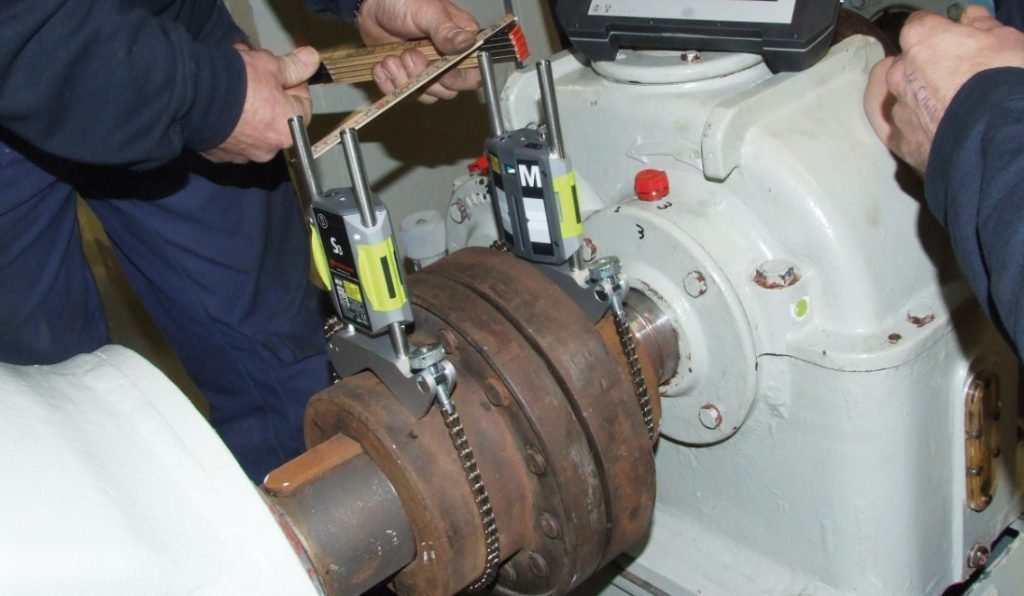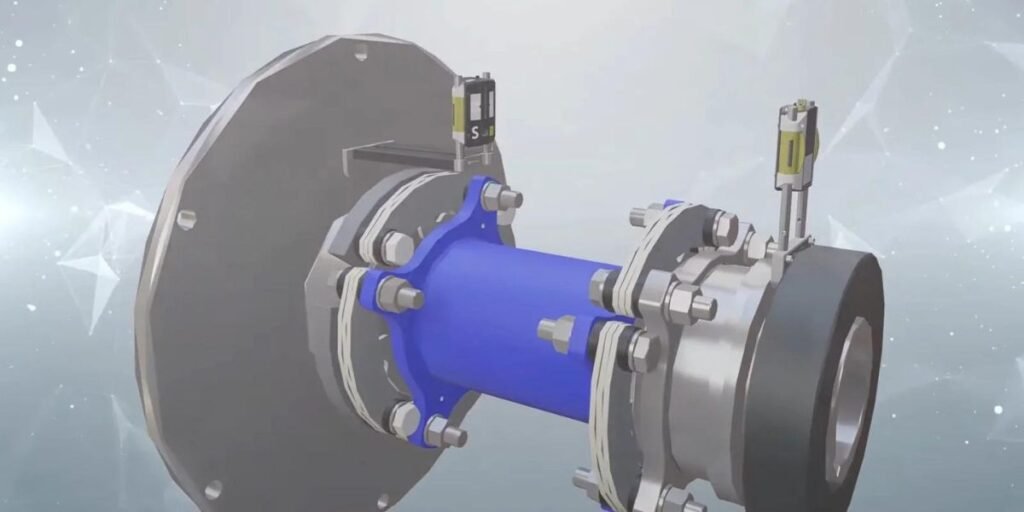How much does machine misalignment cost you?
We often hear from customers that machine misalignment is a costly and inconvenient problem. But how expensive is it? It is much more expensive than most people realize, especially considering today’s supply chain concerns.
Between downtime, equipment damage, overtime for repairs and supply chain disruptions, a fairly small amount of misalignment can quickly become an extreme expense.
So how do you determine how much a misaligned machine might cost and why is it important? Determining the cost of misalignment is as simple as knowing the production value of the machine, the cost of downtime and the cost of repairs.
Understanding these factors allows you to determine the cost of misalignment over time and you can see how it makes sense to invest in predictive maintenance.
As you prepare to calculate the cost of misalignment, ask yourself:
- How much revenue does the machine produce?
- How long will the machine be down?
- What is the cost of machine downtime?
- Are repairs needed? How much do they cost?
- How long will the repairs take?
- What labor costs are associated with making repairs (repair time, downtime, etc.)?

Calculate the cost of misalignment
To calculate the cost of misalignment, first determine the cost of machine downtime, the cost of labor up to this point, and the estimated cost of repair, including labor.
Next, add the income you have lost before reaching this point. Be sure to include the time it will take to repair the machine in your downtime.
Finally, consider the energy cost related to machine misalignment. Tests conducted by Acoem USA and several engineering schools estimate that misaligned rotating equipment will increase energy costs by 3-5% and aligning these machines will reduce energy costs by 3-5%.
Calculate and include your estimated energy cost to get the most accurate cost.
Downtime + Cost of repairs + Cost of labor + Loss of revenue = Cost of misalignment
It is also necessary to take into account the current state of the supply chain. Delays in the supply chain, whether it is the timing of obtaining replacement parts or damage and delays in your supply chain, can dramatically increase the cost of a misaligned machine.
Now that you have an idea of how costly misaligned machines can be, what can you do to prevent misalignment costs from catching up with you?
Start by developing and implementing a predictive maintenance strategy. Investing in an effective strategy will ensure the longevity and profitability of your machines. Ensure your team is equipped with an understanding of the strategy you develop and the ability to execute it effectively and efficiently using alignment tools. Finally, commit to practicing your predictive maintenance strategy and proactively monitor and repair machines.
Do you have questions about developing a predictive maintenance strategy for your plant? Contact us!
Subscribe to our newsletter
Keep up to date with all the latest news on predictive maintenance and reliability!



